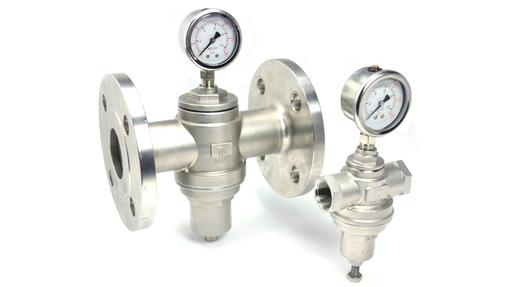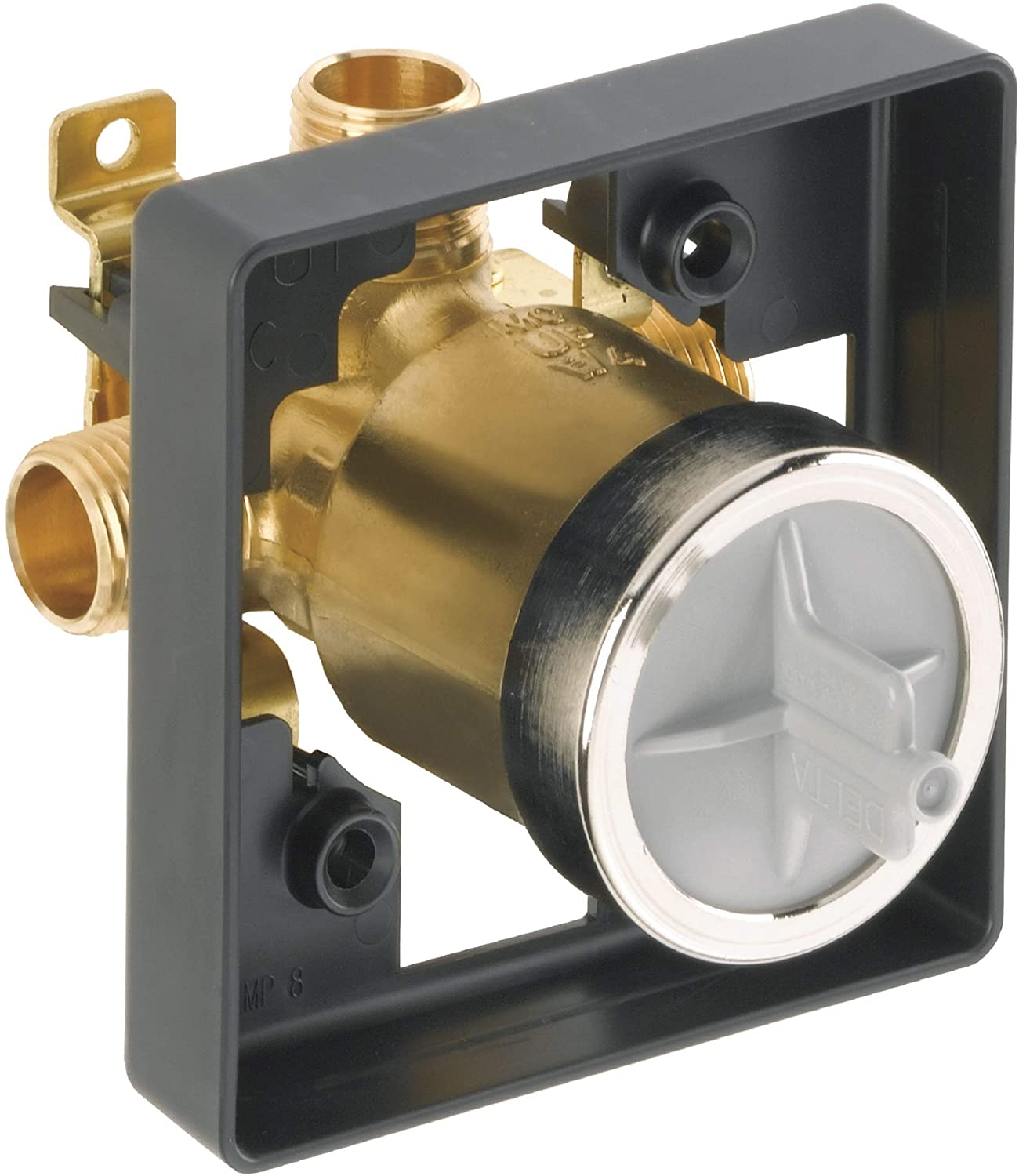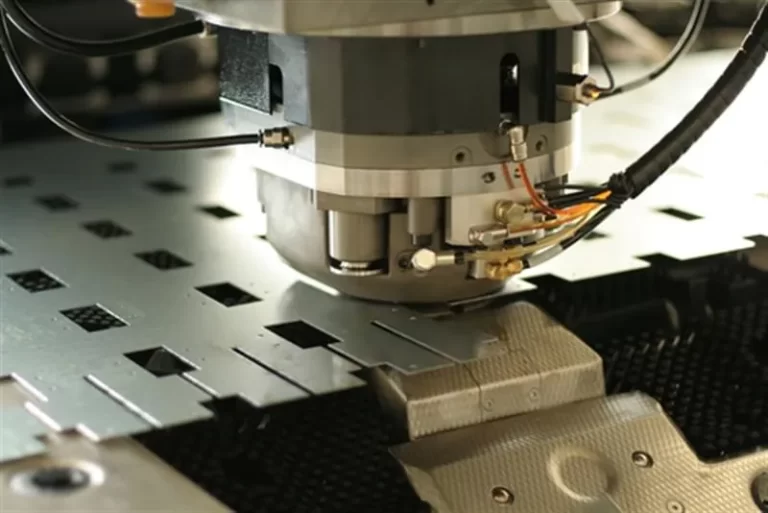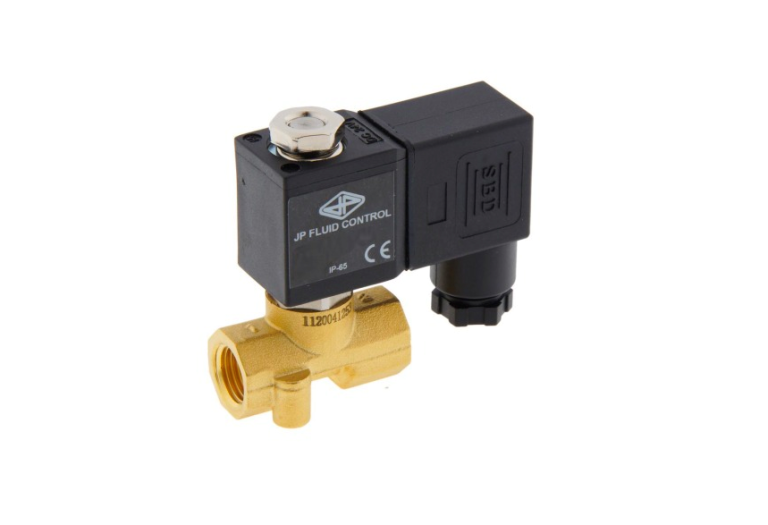Additional Common Questions About Scaffolding
What are the safety regulations and standards for scaffolding?
Safety is paramount in scaffolding use, and several regulations and standards govern its erection and use:
- OSHA Standards: The Occupational Safety and Health Administration (OSHA) sets specific guidelines for scaffolding to ensure worker safety in the United States.
- EN 12811: This European standard provides performance requirements and general design principles for scaffolding.
- Inspections: Regular inspections are mandated to ensure scaffolding integrity, typically before each work shift and after any event that could impact its stability.
- Training: Workers must receive adequate training on scaffolding safety, including proper assembly, use, and disassembly procedures.

How do you properly maintain scaffolding?
Proper maintenance of scaffolding is crucial for safety and longevity:
- Regular Inspections: Conduct inspections to check for damage, wear, and proper assembly.
- Cleaning: Keep scaffolding components clean from debris, mud, and other materials that could cause slips or deterioration.
- Storage: Store scaffolding components in a dry, secure place to prevent rust and damage.
- Repair and Replacement: Promptly repair or replace any damaged parts to maintain structural integrity.
What are the key components of a scaffolding system?
A scaffolding system comprises several key components, each essential for its stability and functionality:
- Standards (Uprights): Vertical tubes that support the scaffold structure.
- Ledgers: Horizontal tubes that connect the standards and provide lateral support.
- Transoms: Horizontal cross-section load-bearing components.
- Base Plates: Plates placed at the base of the standards to distribute the load.
- Braces: Diagonal tubes that provide stability and prevent swaying.
- Platforms/Decks: Work surfaces made from wooden planks or metal decking.
- Guardrails: Safety barriers installed on the platforms to prevent falls.
How do different environments affect scaffolding use?
Scaffolding must be adapted to various environmental conditions to ensure safety and effectiveness:
- Weather: Adverse weather conditions like rain, snow, and wind can impact scaffold stability. Protective measures like weatherproofing and wind bracing are essential.
- Terrain: Uneven or soft ground requires additional support and stabilization measures, such as base plates and mudsills.
- Corrosive Environments: In areas exposed to chemicals or saltwater, using corrosion-resistant materials like aluminum or galvanizing steel components is crucial.
What innovations are emerging in scaffolding technology?
Advancements in scaffolding technology continue to improve safety, efficiency, and versatility:
- Modular Scaffolding: Easy-to-assemble systems that provide flexibility and adaptability for various construction needs.
- Lightweight Materials: The use of aluminum and composite materials reduces weight while maintaining strength and durability.
- Smart Scaffolding: Integration of sensors and monitoring systems to detect structural integrity issues and enhance safety.
- Automated Scaffolding: Robotics and automation to assist in the assembly and disassembly processes, reducing labor costs and improving safety.
Scaffolding is indispensable in the construction industry, ensuring safety, accessibility, and efficiency on job sites. By understanding the different types of scaffolding and their applications, construction professionals can better plan and execute their projects. The integration of scaffolding with other materials, such as geomembranes, highlights its versatility and crucial role in modern construction practices. Whether for erecting a high-rise building or implementing environmental protection measures, scaffolding remains a cornerstone of construction success. Proper adherence to safety standards, regular maintenance, and staying abreast of technological innovations can further enhance the effectiveness and safety of scaffolding systems.




